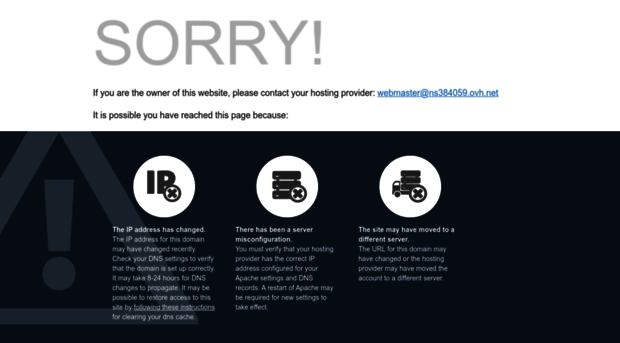
On the consumer side of the platform, YouTube offered visitors access to millions of videos from a variety of publishers at no cost. Previously, only large entertainment companies could distribute content through traditional means (cable TV, DVD, theater) due to high capital costs. Plus, consumers would have to pay high prices to get access to this content.
KYPASS OVH.NET SERIES
Pathways to a Just Digital Future Watch this tech inequality series featuring scholars, practitioners, & activists YouTube democratized both sides of the content equation – creation and consumption. In its initial stages, YouTube was reliant on creating a successful two-sided platform.

On one end you needed content from creators and on the other end you needed viewers for the content, but they both needed each other – a classic chicken or the egg problem.
KYPASS OVH.NET FREE
However, by providing a free platform for video uploading, YouTube was able to launch the content side of their platform with limited viewers.
KYPASS OVH.NET FOR FREE
# KYPASS FOR FREE#Ĭreators saw no barriers to uploading their content for free to potentially reach an audience. After one year, YouTube became one of the fastest growing sites on the web with a robust set of content publishers and viewers both taking advantage of a free platform. Keeping the platform completely free with limited restrictions on uploading and consumption was key for success. YouTube’s success was not only limited to the domestic US market. It quickly became one of the top sites in the world and is successful largely due to network effects that span the globe. Any content creator suddenly had a global platform. As more viewers arrived from around the world, the platform became more popular, hence appealing to an increasing number of content creators. In fact, the platform and its network effect became so strong that traditional media companies started publishing select content on the platform as well. Since YouTube is a free platform, it generates revenue primarily through advertising.

One year after launch, YouTube was already monetizing its site through Google AdSense. Most ads were minimally invasive to the viewing experience by serving text or overlay ads on the bottom of viewing windows. Starting in 2009, YouTube introduced pre-roll ads that would run before the start of a selected video. These types of ads are more compelling to advertisers and hence generate higher ad revenues. YouTube also made sure they would not disturb the viewer by providing the option to skip ads. However, YouTube was monetizing on content that they didn’t technically own. As a result, to keep the content creators coming back and uploading more content, YouTube started its partner program in 2007 to start sharing advertising revenue with its biggest partners (55% to creators). In effect, they started paying a “royalty” to the content creators in the same vain that Apple pays a royalty to its app developers.

This was key in keeping YouTube a robust platform that would continue to grow by incentivizing content creators which in turn would attract more viewers. Through July 2016, YouTube has paid out over $2 billion to rights holders of content on the platform.


 0 kommentar(er)
0 kommentar(er)
